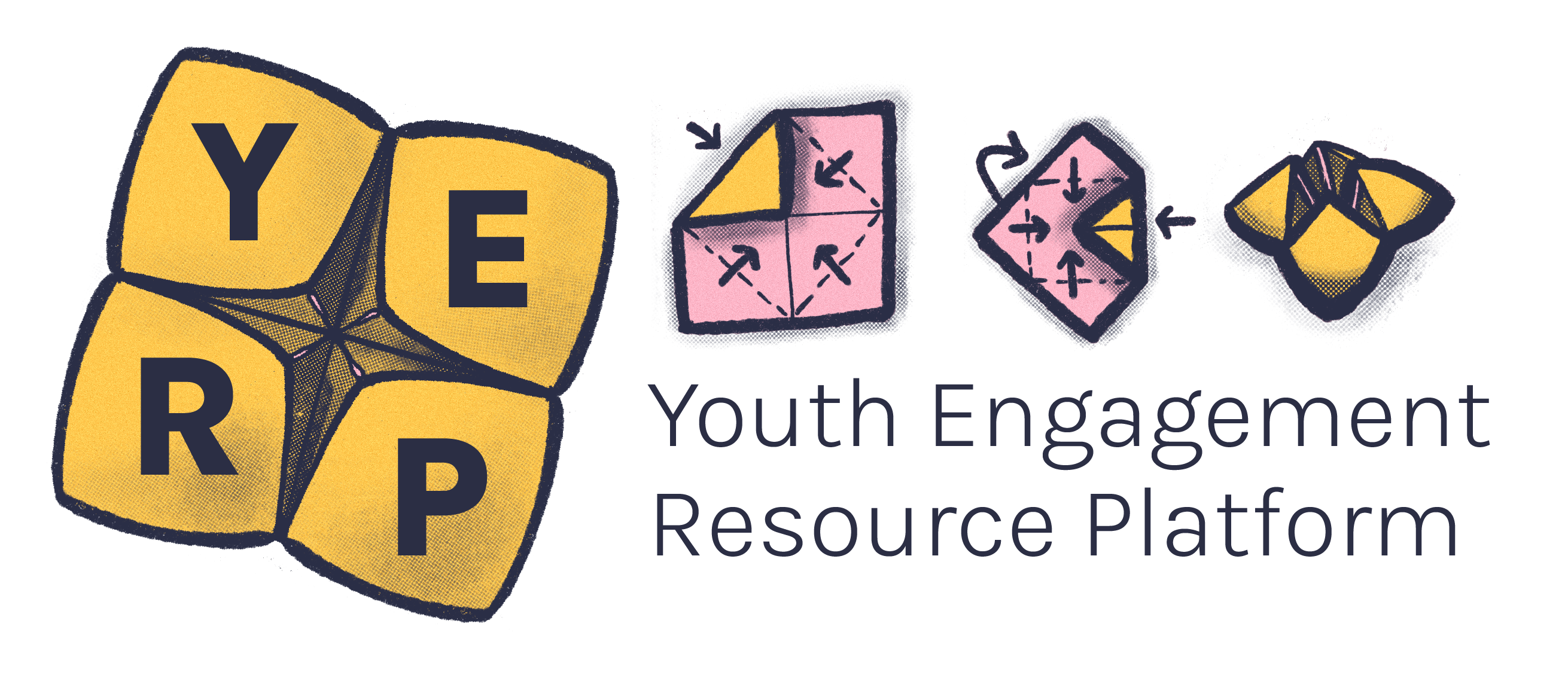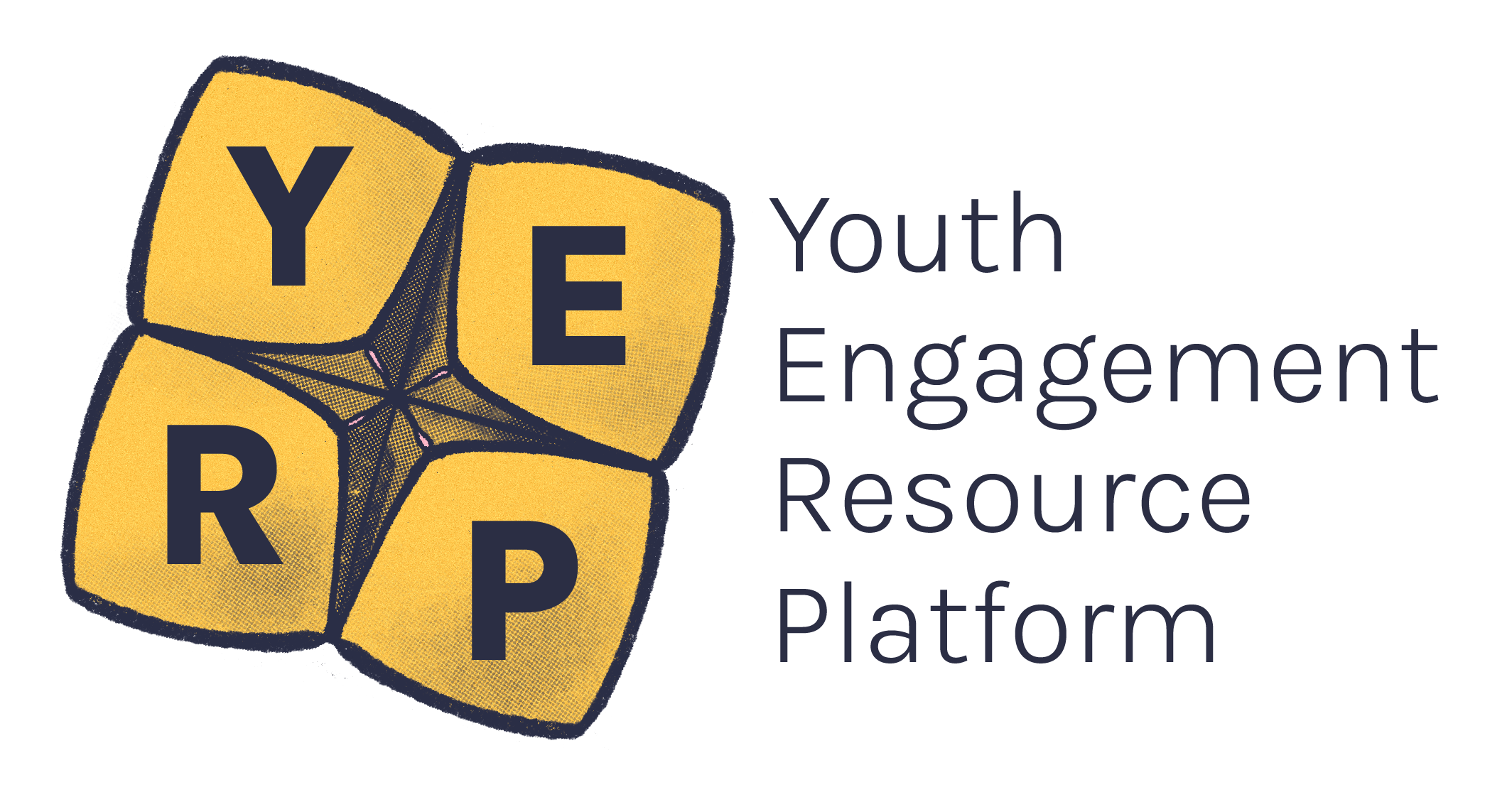Due to the nature of youth work, we often work in isolation and find ourselves working in a siloed system. This means that you or your team may be working separately, isolated from other colleagues even though you’re all heading in the same general direction.
This may occur for several reasons:
- You may be the only youth worker in your team or organisation. This is very common in regional and rural areas.
- Your team are the only team that works with young people face-to-face.
- Limited opportunities to connect with other workers in your area or organisation.
Given the workloads and high demand workers are under and the delicate nature of youth work, it can be hard to move outside your silo and this can lead to professional isolation and burnout.1
While working in a tight knit team can have its benefits (i.e. effective communication, mutual understanding of best practice and problem solving, support), there are many more benefits to moving away from a siloed system and focusing on cross team and cross organisational collaboration.1
- Receiving fresh and different perspectives, knowledge sharing
- Gaining deeper knowledge of issues that affect young people
- Sharing resources, administration or grant writing duties across teams or organisations
- Working with expert organisations who specialise in working with certain cohorts of young people, deepening your understanding.1
For example, engaging with the Centre for Multicultural Youth (CMY) who will provide you with best practice when working with multicultural young people.
A group of young workers having a meeting in a cafe.

- Greater funding opportunities: forming coalitions with other organisations can have a range of benefits. Some organisations may have stronger connections to governments and more resources for grant proposals.
- Greater capacity: partnering organisations may have more resources to take on the administration and reporting requirements of large projects and grants.
- Eligibility: You may be eligible for more funding if your program or service reaches more young people or has a greater impact on the community than if you were applying alone.
- Improving organisational practices and procedures by sharing resources, ideas and challenges with each other.
- Using learnings from other organisations to establish best practice models. For example, co-designing a ‘co-design best practice model’ with a group of young people based on your experience when working with a previous organisation and their co-design practices.
- Greater reach and more diverse consultations with young people.
- Stronger advocacy by building evidence with other organisations.
- Creating a united voice advocating with and for young people.1
Two youth workers having a meeting on Gunditjmara Country in Warrnambool.

- Developing a wider network and awareness of adults and services that can support them in their local and broader areas.
- Increasing social and professional networks.
- Unique opportunities for rural and regional young people to travel to access services, attend workshops, trainings or events.
- Young people developing relationships with adults in their lives that have the skills and knowledge to advocate for them when or if they need it.
- Carve out time in your week, it might be only 30 minutes, to meet with someone else in your team and hear about what they’re doing. You can share ideas about your program or project or work through an ethical dilemma you might be facing or have faced in the past.
- Alternatively, you could use the 30 minutes a week to meet with someone who is outside your team, but connected to the work you do. For example, you could meet with someone from the media and communications team who knows about relevant and upcoming social media legislation. They can help you understand how it’s relevant to young people and you could update them on the latest challenges facing the young people you work with.
- Collaborate with workers in organisations near you by joining forces and creating a new program together or combining programs or youth groups that you run. For example, your local council and the next local council’s youth advisory groups could get together to work on small (or big!) projects, such as campaigns for awareness days, youth week, youth summits or festivals. As youth services teams, you could also collaborate to receive professional development together.
There are many local council youth work networks (usually called 'youth services networks' or 'youth service providers networks') that are connected to the area, that accept all kinds of workers who work with young people.
Networks and Communities of Practice (CoP) that are focused on specific practice areas (e.g. co-design, lived experience and consumer participation) are often community-led and while these are not usually focused exclusively on young people, there can be a lot to gain from joining these groups if they align with your work. It’s worth asking your colleagues and networks for advice and introductions.
Some broader networks to consider are:
YACVic coordinates the Youth Participation Practice Network (YPPN), a thriving network of Victorian professionals who are committed to empowering young people through youth participation, youth engagement and supporting the voice of young people. Members have access to shared resources and regular meetings are held online via Zoom. It’s free to register, if you would like to join, please email YPPN@YACVic.org.au
YACVic also coordinates a Youth Participation Practice Network for Local Government workers, to support youth participation in local government youth services. Meetings are held every second month via Zoom. Please email JRowan@YACVic.org.au for more information or to sign up.
Rainbow Network facilitates free, frequent online CoPs which offer support and networking for those working with LGBTIQA+ young people in Victoria. Contact RainbowNetwork@LaTrobe.edu.au for more information and to sign up.
Commission for Children and Young People (CCYP) run a Child Safe Standards CoP with regular events online and in-person. You can sign up here.
The Department of Health is building practice supports for the lived and living experience workforce, including creating a CoP for mental health and lived and living experience workers.
The Lived Experience Engagement Network (LEEN) brings together organisations that work with lived and living experience across the NFP sector. The aim of the network is to share knowledge and insights through presentations from members and casual networking catch-ups. Please contact rob@batyr.com.au for more information.
The Centre for Excellence in Child and Family Welfare's Outcomes, Practice and Evidence Network has a range of great resources, modules and templates to use in your work. They also offer regular events and training (free for DFFH funded programs).
Attendees mingle at YACVic's Reshape Our Future conference on Wurundjeri Country, in Melbourne.

Below are some ideas you might like to collaborate on:
-
Events/forums/conferences
- Training and workshops
-
Building a network or a specific networking event
-
Youth or worker award ceremonies
-
Community of Practice
-
Mentoring programs
Online collaboration
Online engagement may be a good option for you as it allows you to connect with a broader reach of young people i.e. rural or regional young people and services to get their unique perspectives.
Online or hybrid events, projects or programs are also an important approach when working with disability organisations or looking to engage disabled young people, as often online engagement is the most accessible.
- Indeed. (1 October 2022). The Advantages and Disadvantages of Working in a Silo. https://au.indeed.com/career-advice/finding-a-job/working-in-silo





